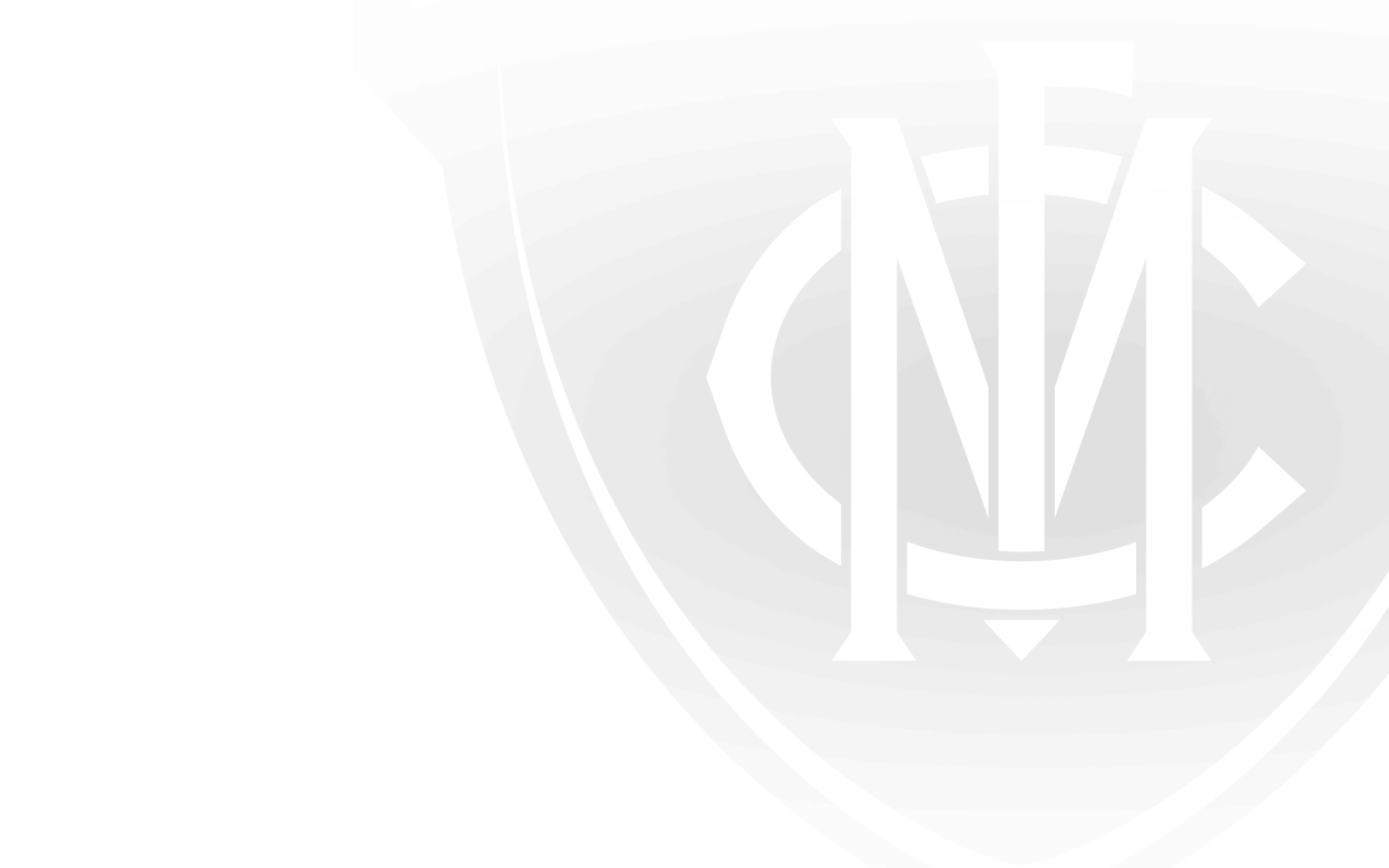KEITH William ‘Bluey’ Truscott: it’s a name that we hear all the time in association with the Melbourne Football Club, and yet it’s stuck at the age of 26, flying into wartime, never coming back in 1943.
If he was still alive, Bluey would be nearly 106 now. It’s almost unfathomable to think that he could ever have grown old. Any image we have of him is solid, redheaded and stoic, often laughing.
In his last game, while on leave in 1942, he can be seen laughing, frozen in time as he runs onto Punt Road Oval. The crowds are there to see him, this local youngster who embodies everything from wartime heroics to footballing prowess, all with a dash of mischief and daring.
He’s wearing No. 1 instead of 5, he’s captain for the day, and Melbourne loses – substantially – to Richmond. But that doesn’t matter. ‘Bluey’ is back. He is followed onto the ground by regular captain, Percy Beames, who recalled years later that ‘Blue’s birthday was the day after that game. But I think that him just being there had been a really big gift for all of us.’
Nobody would ever see him play football again.
This sublimely skilled and determined pilot – a decorated veteran of two theatres of war – died in a training accident over Exmouth Gulf in Western Australia, less than a year later. But his story keeps going, and keeps his spirit alive to this day. It transcends his physical presence. From the boy at Melbourne High School to the dual premiership player of 1939 and 1940; from being one of ‘the few’ who flew in the Battle of Britain to taking on the terrors in the skies of Milne Bay, ‘Bluey’ was often described as being ‘larger than life’.
Indeed, he is part of all of us, particularly those who follow Melbourne. He is recognised in many settings, but it’s in the red and blue that he really comes to the fore.
One of those who really loved ‘Bluey’ was his coach, ‘Checker’ Hughes. So it was that, from 1943, ‘Checker’ made sure that the Best and Fairest award was named in honour of Keith ‘Bluey’ Truscott. The most substantial manifestation of this remains the huge perpetual Best and Fairest Shield, upon which each winner has their name engraved on a small half football. Every winner also receives an individual trophy. The Truscott name is central in both cases, linking him across the generations, and keeping his presence and story timeless.
In 1993, a service was held on the MCG to honour half a century since ‘Bluey’’s death. One of those prominent in proceedings was Dr Donald Cordner, then MCC President, and himself holding a proud Melbourne Football Club heritage, embodied in premierships – 1941 and captaincy in 1948 - and the 1946 Brownlow Medal. In a beautiful connection, Cordner also won Melbourne’s Best and Fairest in 1943. This meant that his name was the first to appear after its naming in honour of ‘Bluey’.
That service took place thirty years ago. Both Beames and Cordner are now treasured memories, their stories also woven firmly and with much affection into our red and blue fabric.
Time passes, but we can’t forget. Eighty years ago, ‘Bluey’ flew for the last time. As we all gather on Anzac Day Eve, we will remember him, flying high, from adversity to the stars.
"Thus passed Bluey Truscott, aged twenty-six, brave as few were and loved as few were" - Ivan Southall


